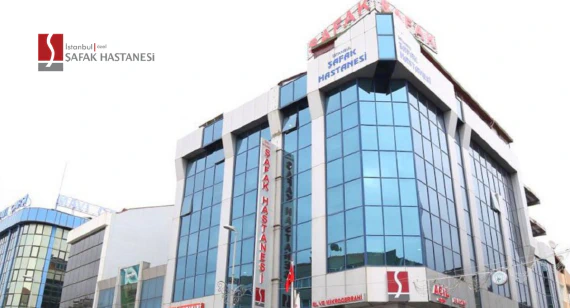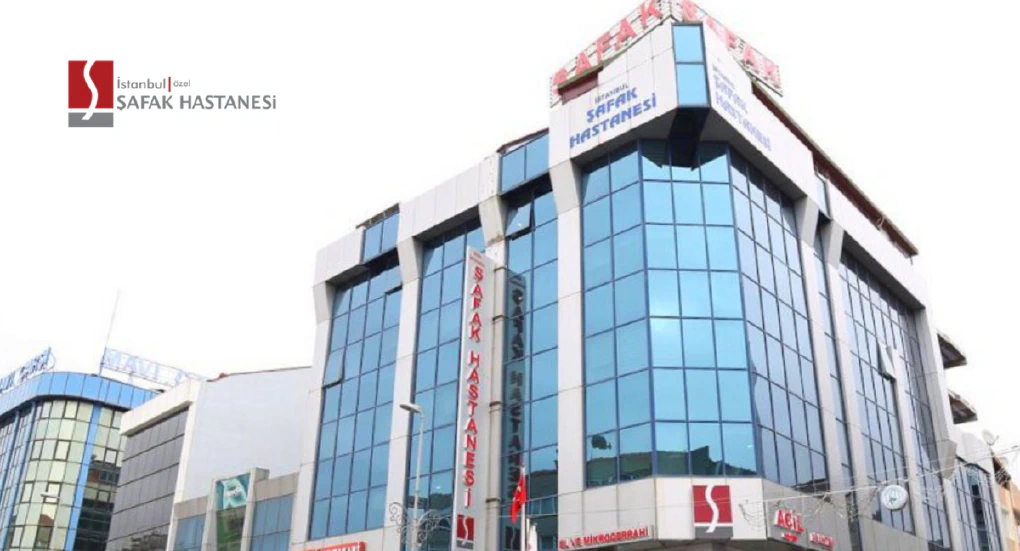
Health Tourism
Our country, which has a strong tourism potential, has become a trend in health tourism with its geographical location, …

Bile is produced in the liver, stored in the gallbladder, and flows through the bile ducts into the duodenum. About 1 liter of bile is secreted from the liver per day. Bile performs various functions such as the digestion of fats from the intestines and the absorption of some vitamins.
The gallbladder is an organ located in the upper right side of the abdomen, below the ribs and liver.
Gallstones are the formation of stones by sedimentation after the change of the content of the bile or the slowing of its flow.
Factors in the formation of gallstones;
*Eating and drinking habits (excessive cholesterol foods)
*Some diseases (diseases that increase the amount of bilirubin)
What are the Symptoms of Gallstones?
After the formation of gallstones begins, it does not give any symptoms at the beginning, depending on the size and number of the stone, it remains silent and is detected during the examinations.
Over time, the stones may move and block the gallbladder outlet or bile ducts. In this case, symptoms such as abdominal pain, nausea, vomiting, bloating, back pain, fever, weakness, jaundice, and red/brown urine color may be seen.
Occlusion of the gallbladder stone in the main bile duct creates more serious problems. Cholangitis and pancreatitis can occur, which can seriously endanger life.
What are the Risk Factors for Gallstones?
*Gender (more in women)
*Be over 40 years old
*Still life
*Pregnancy
Eating foods high in fat
Eating foods with high cholesterol
*Low-fiber diet
*Familial history of gallstones
*Diabetes
*Some blood diseases (leukemia, sickle cell anemia)
*Fast weight loss
*Taking hormone therapy
*Liver diseases
*Bariatric surgery procedures
How is the diagnosis made?
Diagnosis of the disease is made with examination findings, blood, urinalysis and ultrasonography (USG).
Sometimes, other imaging methods such as computed tomography, MRI are used. MRCP and ERCP can be performed for stones that fall into the bile ducts.
What is the treatment?
The most commonly used method is laparoscopic (closed) surgeries. It is a 97% preferred method in the world. Open surgery is performed in 3% of patients. ERCP and PTK are other treatment methods used when necessary.
The removal of the gallbladder for the treatment of gallstones is called cholecystectomy. The best cholecystectomy approach is laparoscopic surgery. There is no method of removing only stones. Stones are removed along with the gallbladder.
Under general anesthesia, 3 or 4 holes of 1 cm and 2 cm are entered into the abdomen with special tools and a camera system, and the gallbladder is removed together with the stones. The patient stays in the hospital for 1 night and is discharged the next day. After 2 days, he can start his work.
What should the diet be like after gallbladder surgery?
Foods with high fat content, especially fried foods, should be reduced, and plenty of water and foods with lysine should be consumed.
Private İstanbul Şafak Hospital

Our country, which has a strong tourism potential, has become a trend in health tourism with its geographical location, …

1. Pay attention to fluid consumption The calories of the liquid consumed in the summer may not be considered important. …
Contact us before it’s too late for your health.
Don’t delay your health.